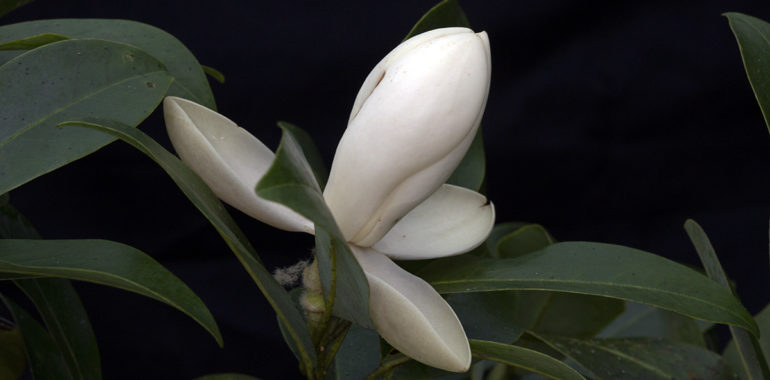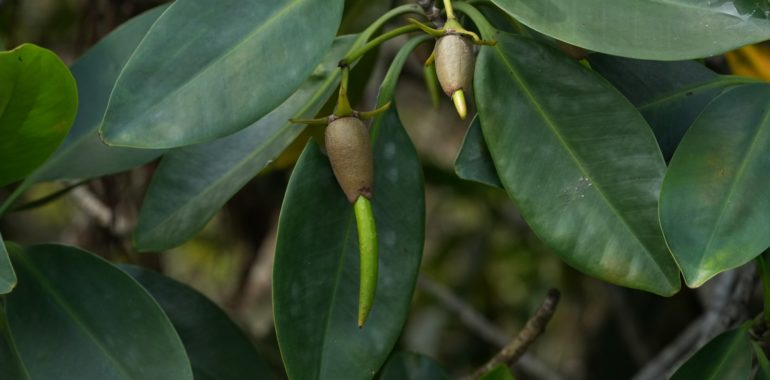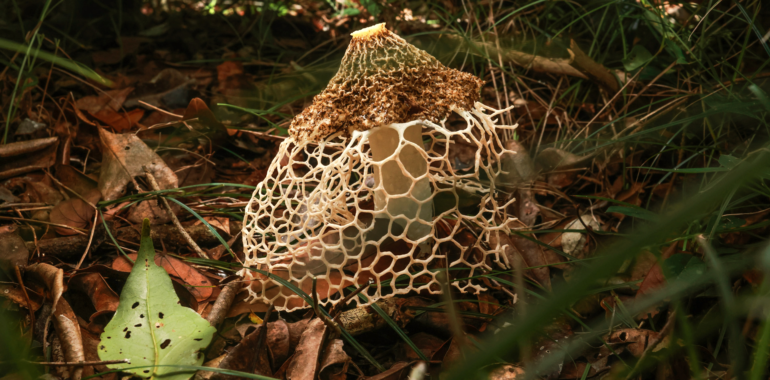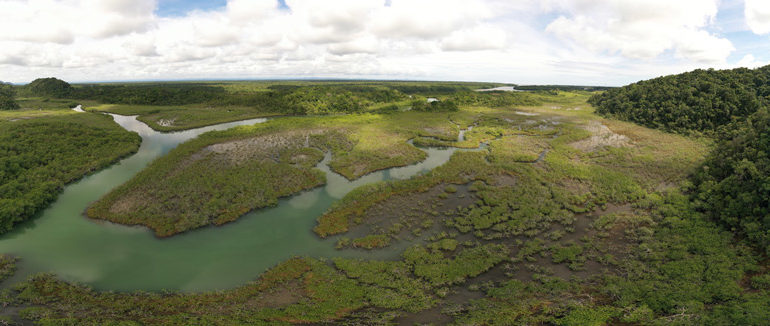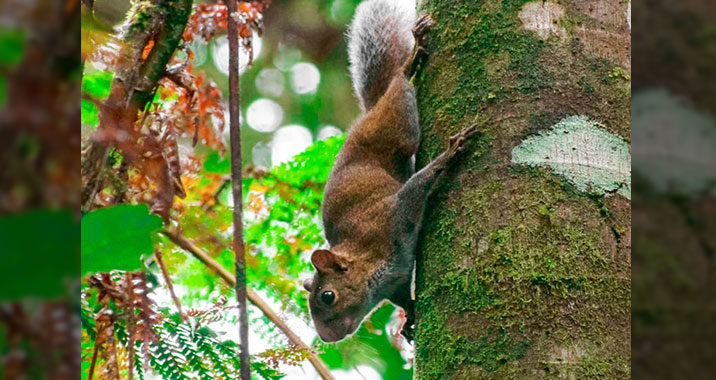Tropical forests are all forests which are located in the tropics, or put in other words, closer to the equator line. They are generally characterized by higher temperatures, bigger amounts of rainfall, and particularly, broader biodiversity indexes. Taking into account that tropical forests are those that grow in the tropics, they can be classified according…
The Quetzal bird is great national symbol for Guatemala; Let’s show the world that frangipani, flor de maya, is also native to Guatemala
Frangipani flowers are the most famous flower of Hawaii (in lei decorations as fragrant necklaces for visitors). I have seen frangipani flowers in gardens and parks in Singapore, Dubai, China and around the world. But Plumeria rubra is native to Guatemala and adjacent countries. In two excellent books on PLUMERIA, by capable experienced gardeners and…
Mangroves of Rio San Pedro, amusing cases of ecology and evolutionary history
In March of 2023 our expedition team found and documented mangrove trees along Rio San Pedro. Since then, we have learned a lot about these remarkable trees. Mangroves have bright green leaves. Photo by: David Arrivillaga. Rio San Pedro, March, 2023. Our team first learned about these mangrove remnants primarily through a research publication by…
Deforestation and Reforestation in Guatemala
It is popular knowledge that the name of Guatemala comes from the Nahuatl Quauhtemallan, which means “place of forests or many trees”, so we can deduce that this country is an area in which the forest represents the majority of the areas, however , the nation that bears the forest in its name has been…
The Spring Equinox: Its importance within the Mayan Culture
During March, precisely on the 20th, one of the most important astronomical events for the Mesoamerican Region, the Spring Equinox, takes place. It’s considered the first annual mark of Earth’s movement around the Sun, depending on what part of the planet it’s been observed, it may change its meaning, but in general, it represents the…
Guatemala’s wildlife is like no other and we should take care of it.
Wildlife in Guatemala is unique, as in few places in the world. To better understand this, it is worth understanding the natural history of this country: Phallus indusiatus at Paso Caballos, PNLT. Photo by: Boris Llamas. August 2021. Guatemala is located in between two broad continental masses that support almost every kind of ecosystem…
The Study of Wetlands
Wetlands are understood as “extensions of marshes, swamps, peat bogs or surfaces covered by water, whether natural or artificial, permanent or temporary, stagnant or currents of fresh, brackish or salt water, including extensions of marine water whose depth at low tide it does not exceed 6 meters” – Ramsar. Every February 2, World Wetlands Day…
The dilemma of the spring in Guatemala, is it really eternal? Part 2
The fall equinox has roughly started (on September 22nd), but instead of turning brown and losing their leaves, many plants start to bloom and create impressive sceneries throughout Guatemala. Yet, many species had already bloomed starting from March. Why are there again so many flowers? Combretum sp. road from Jalapa to Chiquimula, Dec. 2021. Photography…
Guatemalan Squirrels
Squirrels are a group of arboreal rodents belonging to the suborder Sciuromorpha, where groundhogs and prairie dogs are also found (Wilson & Reeder, 2005). They belong to a group of Eurasian origin (Laurasiatheria) that through different dispersal events have been able to colonize all continents, except Antarctica and Oceania (Mercer & Roth, 2003). Squirrels can…
Tomb of the Jade Jaguar, Tikal
Tonight the presentation will mention the jaguar hide and feather headdress found in Tikal Burial 196, so includes ethnozoology (obviously the feathers were just dust imprint but segments of leather of the jaguar were still preserved, and the claws). For botany mentions cacao or other beans found inside one of the ceramic vases. Plus the…

